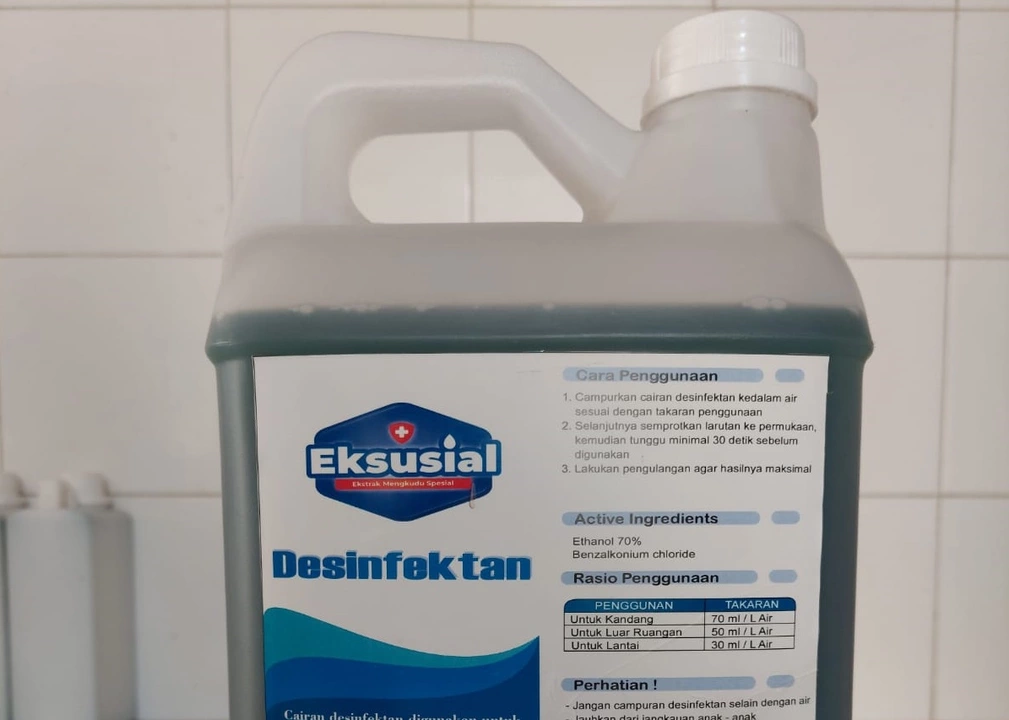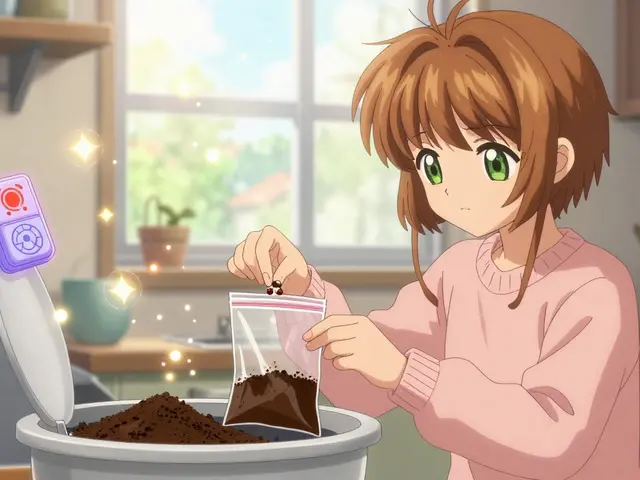Zinc Oxide: Practical Uses, Safety Tips, and Buying Advice
Zinc oxide is a simple ingredient that does a lot. You’ll find it in sunscreens, diaper creams, barrier ointments, and some wound-care products. It works mainly as a skin protectant and a physical sunscreen — not by being absorbed, but by sitting on the skin and blocking irritants and UV rays.
If you want a quick take: pick zinc oxide if you have sensitive skin, need reliable sun protection, or want a barrier cream for rashes. Below I’ll explain how it works, where it helps most, and what to watch for when buying or using it.
How zinc oxide works and where to use it
Zinc oxide creates a thin film on the skin. That film reflects and scatters UV light, so it provides broad-spectrum protection against UVA and UVB when used in sunscreens. In barrier creams and ointments, zinc oxide blocks moisture and irritants — that’s why it’s common in diaper rash products.
Common uses:
- Sunscreen: effective mineral sunblock, good for sensitive or rosacea-prone skin.
- Diaper rash cream: forms a protective layer that helps skin heal.
- Minor wound care and skin protectant: helps keep moisture and bacteria away while promoting healing.
- Topical antiseptic and anti-irritant: used to calm chafing and mild dermatitis.
Safety, application, and buying tips
Topical zinc oxide is generally safe. Allergic contact dermatitis is uncommon but possible. Avoid using powdered ZnO near the face or when breathing dust — inhaling fine particles can irritate the lungs. Don’t put zinc oxide powders directly into deep or infected wounds without medical advice.
Application tips:
- For sunscreen: use enough to cover exposed skin. Reapply every two hours or after swimming/sweating. Check the label for the percent zinc oxide and SPF rating; higher zinc oxide generally gives stronger protection.
- For diaper rash: apply a thick layer to clean, dry skin at each change until it clears.
- For chafing or minor skin breakdown: apply a thin barrier layer and keep the area clean and dry.
Product and safety notes:
- Non-nano vs nano: many products use non-nano zinc oxide to avoid inhalation and for peace of mind. Research shows topical ZnO particles do not meaningfully penetrate intact skin.
- Kids and pregnancy: topical zinc oxide is commonly used and considered safe for babies and pregnant people when used as directed.
- Drug interactions: topical zinc oxide has minimal systemic absorption, so it rarely interacts with medicines.
If you’re unsure which product to pick, choose a reputable brand with clear labeling (percent zinc oxide and SPF for sunscreens). If you have a known skin allergy or a serious wound, check with your clinician first. For more drug and skin-care guides, BlinkHealth Pharmaceuticals has easy, practical articles to help you make a safe choice.
How benzalkonium chloride/zinc oxide is used in the cleaning industry
As a blogger, I've come across some fascinating information about how benzalkonium chloride and zinc oxide are used in the cleaning industry. It turns out that benzalkonium chloride is an effective disinfectant and sanitizer, commonly found in household and commercial cleaning products. On the other hand, zinc oxide is often used as a gentle, natural cleaning agent in products like laundry detergents and surface cleaners. Both of these ingredients not only help to remove dirt and grime, but also play a crucial role in killing harmful bacteria and ensuring a safe, clean environment. It's amazing how these two versatile compounds contribute to the efficacy of the cleaning products we use every day!






